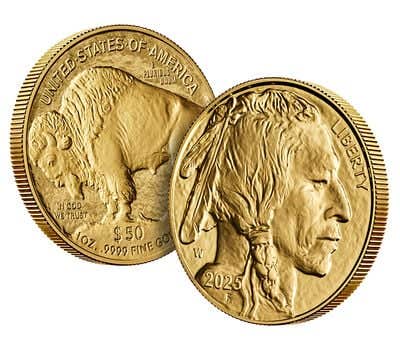Funny-looking coins not likely patterns
My information is that any unusual coin found in circulation is either a pattern or a trial strike. Care to comment? You would be surprised by the number of letters…
My information is that any unusual coin found in circulation is either a pattern or a trial strike. Care to comment?
You would be surprised by the number of letters in my files, frequently from dealers, making that same assumption. The fact of the matter is that there are almost no documented cases of either a pattern or trial strike getting into circulation in the 20th century, and not very many in the previous century. There are a variety of causes for an unusual-looking coin, most of them problems with the minting process, or a counterfeit or fake. Don’t make the mistake of immediately assuming that it is a pattern.
You once described a “quick and dirty” method of figuring the single coin price from a roll. Could you repeat it?
Gladly. For rolls of 50 coins, double the roll price, and the answer is the price per coin in cents, if you move the decimal point two places to the left. For example, a $10 roll would equal a 20-cent single coin price. A $100 roll would equal $2 per coin. For rolls of 40 coins, multiply the roll price by 2.5 and again the answer is the single price by moving the decimal point. For rolls of 20 coins, multiply the roll price by 5, and for rolls of 25 coins, multiply by 4. Just don’t forget to move the decimal place.
What is the difference between the normal Argentine 1815 8 reales and the variety listed in the Standard Catalog?
KM-14.1 has the correct spelling, “Provincias.” KM-15.1 has the misspelling, “Provicias.”
What are the weights of the multiple reis of early Brazil?
The 80 reis weighed 2.24 grams, the 160 reis weighed 4.48 grams, the 320 reis weighed 8.96 grams, the 640 reis weighed 17.92 grams and the 960 reis weighed 26.89 grams. All but the 960 reis were .916 fine. The 960 was .896 fine.
Have the Maundy coins always carried a denomination?
Charles II started the crowned numerals. Maundy coins were a staunch exception to the English coins without denominations.
What do the symbols mean on the Egyptian 1980 1-pound Doctor’s Day commemorative?
The coin shows Emenhotep, the ancient Egyptian god of medicine; a part of a building representing reconstruction of the Qasr El Einy hospital; a crescent and snake; symbols of doctors and pharmacists and the slogan “God is the Curative,” written in Kufic.
Any figure on the amount of gold coins in the world prior to 1900?
The U.S. and Germany had minted $600 million each. France had minted $800 million, and England had minted $550 million, for a world total of $3.6 billion.
E-mail inquiries only. Do not send letters in the mail. Send to Giedroyc@Bright.net. Because of space limitations, we are unable to publish all questions.
More Collecting Resources
• Subscribe to our monthly Coins magazine - a great resource for any collector!
• Start becoming a coin collector today with this popular course, Coin Collecting 101.









